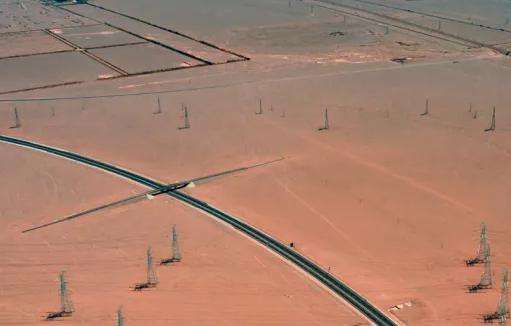Marine science and technology resources are insufficient, and independent innovation capabilities need to be further strengthened. First, there is a lack of core marine technologies and key common technologies in the industry. For example, companies in the field of high-end shipbuilding and offshore engineering equipment manufacturing carry out more equipment assembly work, and their independent research, development and production capabilities for Core technologies and key accessories need to be further strengthened. The basic technology of seawater desalination needs to be improved. For example, the research and development of core components such as reverse osmosis membrane components and high pressure pumps require new breakthroughs. The 10,000-ton seawater desalination project still needs foreign technical support, obligatoryigatory. standards for seawater circulation cooling and the environment of seawater cooling chemicals. The safety evaluation system still needs to be improved. Second, the industry-university-research cooperation mechanism needs to be improved. Taking Shandong Province, which has a strong marine economy, as an example, basic research results account for about four-fifths of the province's scientific and technological achievements, and the remaining fifth is applied research results. Market demand needs to be improved, it is urgent to establish an integrated cooperation mechanism between business needs and university R&D. Third, the level of research in fundamental areas related to marine economic development needs to be further improved. For example, China still lags behind international research levelse advancement in the fields of marine biotechnology and pharmaceuticals, which has limited the development of the marine pharmaceutical and biological products industry.
The method of maritime economic development is broad, and the degree of development and utilization of resources needs to be improved. First, the marine ecosystem has degraded and biological resources have diminished. For example, long-term, high-intensity fishing development, water pollution and reclamation activities have led to continued reductions in offshore fish and shrimp populations, severe declines in fishery resources and low value of fisheries. The problem requires accelerated transformation and modernization. . Second, conflicts over the use of the sea continue to exist and marine space resources are becoming increasingly scarce. For example, in certain gathering areasDue to the maritime industry, especially near the coasts of large cities, various industries compete with each other and widely occupy and use the coastline, and there is a lack of coordination between production, living and ecological spaces, resulting in significant conflicts between the port and the city and the lack of water-friendly spaces, damage to ecological space and a series of other problems. Another example is the overlapping functions of oil and gas resource extraction zones and current marine functional zoning, as well as the overlap between oil and gas exploitation and marine ecological red lines, which increase potential protection risks of marine ecology and environment. Third, the configuration of the maritime industry is converging, and the efficiency of development and utilization of advantageous resources such as coasts and ports is low.For example, the development density of coastal ports is high, the problem of homogeneous competition still exists, and the problem of waste of resources is not completely solved.
Financial support related to the maritime sector is limited, and the construction and development of blue finance needs to be improved. First, traditional bank financing activities are difficult to meet the financing needs of maritime-related businesses. For example, marine equipment, shipbuilding and livestock enterprises are generally large, have large capital requirements, long capital turnover times and high risks. This makes it difficult for traditional, risk-averse and investment-cautious banks to provide large investments. large-scale financing of these companies. Support for business developmentt limited. Second, the degree of alignment between the financing mechanism and the maritime industry needs to be further improved. For example, risk-sharing and compensation mechanisms specific to the maritime sector are not perfect, tax interest reductions and risk guarantee measures need to be further strengthened, and financial support from banking institutions to maritime-related businesses maritime sector must be further strengthened. Third, the protection function of marine insurance against maritime risks is imperfect. For example, due to the wide range of business areas involved, marine insurance requires relatively advanced technology in terms of pricing, loss assessment and claims settlement, which results in relatively slow development of marine insurance. Fourth, investment in policy funds must be further increased. PaFor example, due to the characteristics of relatively dispersed financial funds intended to support the development of the maritime and small-scale economy, the cohesion of the use of funds is low.














